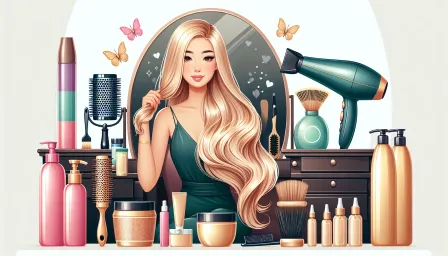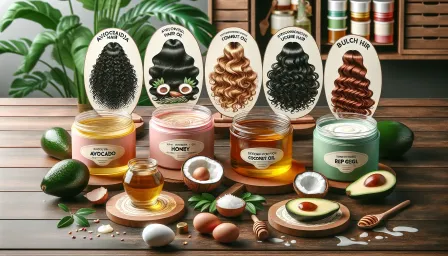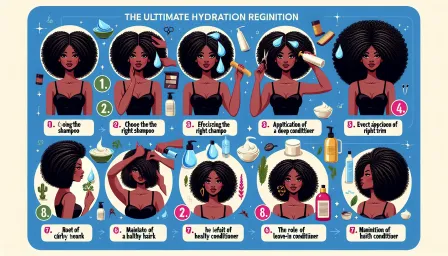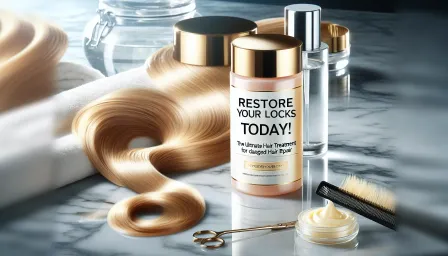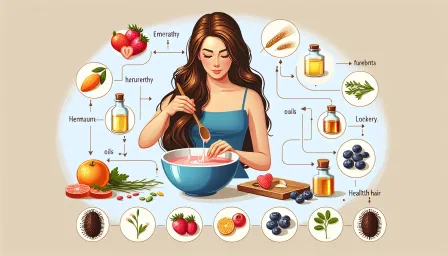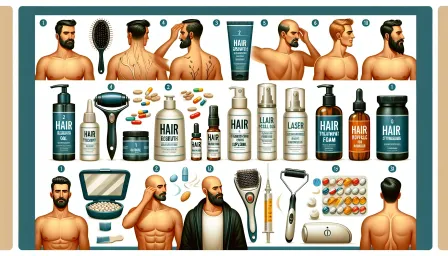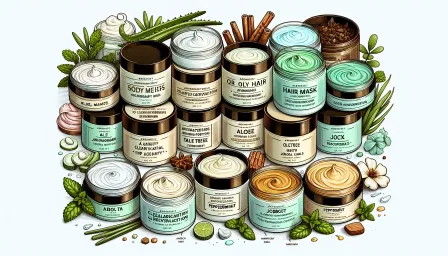Essential Thinning Hair Maintenance Routine: Slow Down Hair Loss Today!
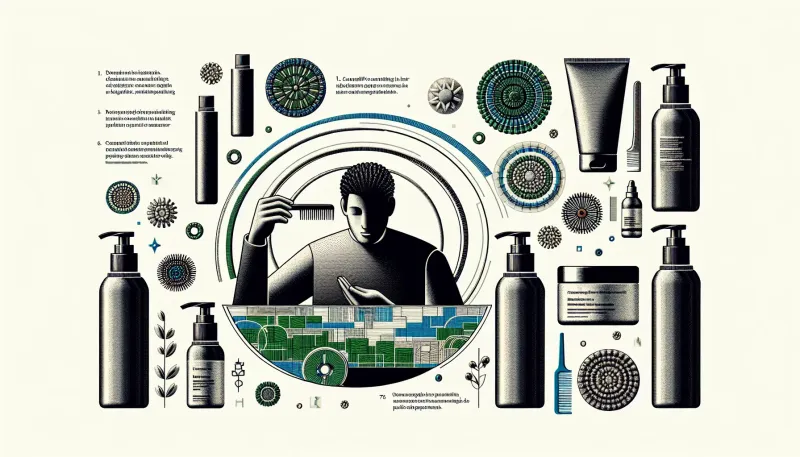
Learn how to slow down hair loss with an essential thinning hair maintenance routine. Discover effective tips, products, and lifestyle changes to maintain healthy hair.
Hair thinning is a common concern for many individuals, and it can significantly impact confidence and self-esteem. However, with a well-structured thinning hair maintenance routine, it is possible to slow down hair loss and promote healthier hair growth. This article will walk you through essential steps, products, and lifestyle changes to maintain and improve your hair's health.
Understanding the Causes of Thinning Hair
Before diving into the maintenance routine, it is crucial to understand the root causes of thinning hair. Common contributors include:
- Genetic Predisposition: Genetics play a significant role in hair loss. If your parents experienced thinning hair, you might also be predisposed to it.
- Hormonal Changes: Hormonal imbalances, such as those occurring during pregnancy, menopause, or due to thyroid problems, can contribute to hair thinning.
- Nutritional Deficiencies: Lack of essential nutrients like iron, vitamins, and proteins can weaken hair health.
- Stress: High-stress levels can trigger hair shedding and impede growth.
- Medical Conditions: Conditions such as alopecia areata, scalp infections, and autoimmune diseases can lead to hair loss.
- Hair Treatments: Excessive use of chemical treatments, heat styling, and tight hairstyles can damage hair follicles.
Thinning Hair Maintenance Routine
1. Choose the Right Hair Care Products
Using suitable shampoos, conditioners, and treatments is vital for maintaining thinning hair. Look for products that cater to thinning hair and contain ingredients like biotin, keratin, and niacinamide. These ingredients strengthen hair strands and promote growth. Avoid products with sulfates and harsh chemicals that can strip natural oils and damage hair.
2. Regular Scalp Massage
Massaging your scalp regularly can stimulate blood flow to the hair follicles, promoting healthier hair growth. Use your fingertips to gently massage in circular motions for about 5-10 minutes daily. You can also use essential oils like rosemary or peppermint oil, known for their hair growth-promoting properties.
3. Balanced Diet and Hydration
Nutrition plays a critical role in hair health. Ensure your diet is rich in vitamins, minerals, and proteins. Foods like eggs, nuts, leafy greens, and fish are excellent choices. Stay hydrated by drinking plenty of water, as dehydration can weaken hair strands.
4. Minimize Heat and Chemical Exposure
Frequent use of heat styling tools and chemical treatments can damage hair and exacerbate thinning. Whenever possible, let your hair air dry and use heat-free styling methods. If you use heat tools, apply a heat protectant spray to minimize damage.
5. Gentle Hair Handling
Handle your hair gently to prevent breakage and damage. Use a wide-toothed comb to detangle, and avoid brushing when wet. When drying hair, pat it with a soft towel instead of rubbing vigorously. Opt for loose hairstyles to reduce stress on hair follicles.
6. Regular Trimming
Regular trims every 6-8 weeks can help eliminate split ends and maintain healthier hair. Trimming doesn't make hair grow faster, but it prevents split ends from traveling up the hair shaft, resulting in healthier looking hair.
7. Stress Management
As stress is a significant contributor to hair loss, managing stress is imperative. Engage in activities that promote relaxation, such as yoga, meditation, or hobbies. Ensuring adequate sleep and exercise can also help manage stress levels.
8. Consider Supplements
If you have nutritional deficiencies, consider taking supplements to support hair health. Biotin, vitamins A, C, D, E, zinc, and iron are essential for healthy hair growth. Always consult with a healthcare provider before starting any new supplements to ensure they are suitable for you.
Professional Treatments and Therapies
In addition to at-home maintenance routines, several professional treatments can further assist in managing thinning hair. Consider the following:
Platelet-Rich Plasma (PRP) Therapy
PRP therapy involves drawing a small amount of your blood, processing it to concentrate the platelets, and then injecting it into the scalp. The growth factors in the platelets can stimulate hair growth and improve hair density.
Laser Therapy
Low-level laser therapy (LLLT) can enhance cell activity and increase blood flow to the scalp, promoting hair growth. This non-invasive treatment can be done in a clinic or with at-home devices.
Medications
Medications like minoxidil (Rogaine) and finasteride (Propecia) are FDA-approved treatments for hair loss. They can be effective in slowing hair loss and stimulating regrowth. Consult with a healthcare provider to determine if these medications are suitable for you.
Conclusion
Managing and slowing down hair loss requires a comprehensive and consistent approach. By understanding the causes of thinning hair and implementing a well-rounded thinning hair maintenance routine, you can significantly improve the health and appearance of your hair. Remember to be patient, as results may take time, and always consult a professional for personalized advice. Take proactive steps today to embrace healthier, more vibrant hair!





